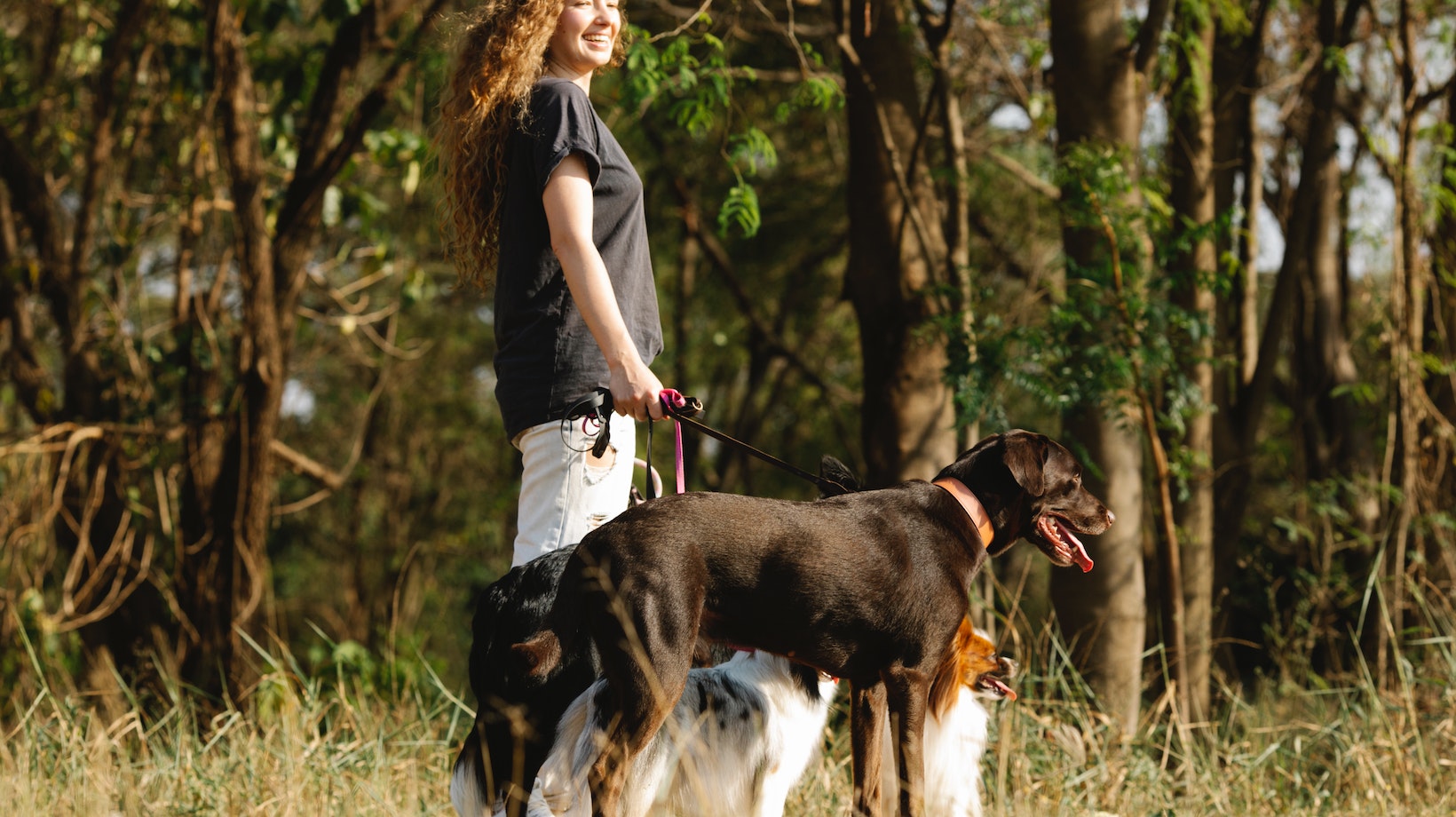How To Stop Dog Pulling On Lead
Are you tired of being dragged down the street by your furry friend? Dealing with a dog that pulls on the leash can be frustrating and even dangerous. But fear not, because I’ve got some tips to help you put an end to this behavior and enjoy peaceful walks once again.
One effective technique to stop dog pulling on the lead is teaching them loose leash walking. Start by using a front-clip harness or a head halter, which gives you better control over your dog’s movements. When your pup starts pulling, simply stop in your tracks and wait for them to come back towards you. Reward them with treats or praise when they walk beside you without tension on the leash.
Another approach is to use positive reinforcement training. Encourage good behavior by rewarding your dog whenever they walk calmly beside you. Treats, toys, or verbal praise can all be used as rewards. Remember to be consistent and patient in your training efforts – it takes time for dogs to learn new habits.
Here are some effective tips to help you achieve loose leash walking success:
- Start with the basics: Before hitting the streets, it’s important to establish a strong foundation. Begin by teaching your dog basic obedience commands such as “sit,” “stay,” and “heel.” These commands will form the building blocks for loose leash walking.
- Use positive reinforcement: Positive reinforcement is a powerful tool when it comes to training dogs. Reward your pup with treats, praise, and affection whenever they walk calmly beside you without pulling on the lead. This positive association will motivate them to repeat this behavior in the future.
- Practice patience: Remember that learning takes time and consistency, so be patient with your dog during training sessions. Gradually increase the duration of walks as your canine companion becomes more comfortable with loose leash walking.
- Employ proper equipment: Invest in a well-fitting harness or head collar that discourages pulling without causing discomfort or harm to your dog. Avoid using choke collars or prong collars, as these can be painful and may worsen pulling behavior.
- Be proactive: Anticipate situations where your dog is likely to pull, such as passing other dogs or encountering distractions like squirrels or birds. Redirect their attention back to you using cues like “look” or “leave it.” Consistently reinforce appropriate behavior through positive rewards.
Remember, every dog is unique, so adapt these techniques based on their individual needs and personality traits. With consistent practice and positive reinforcement, you’ll soon find yourself enjoying peaceful strolls with a well-behaved canine companion who no longer pulls on the lead.

Redirecting Your Dog’s Attention During Walks
- Treat-Based Distraction: Carry small treats with you during walks and use them as a distraction when your dog starts pulling. Hold a treat near their nose and guide them into a different direction, rewarding them with the treat once they comply. This redirects their attention away from pulling and encourages them to follow your lead.
- Interactive Toys: Incorporate interactive toys that require mental engagement into your walks. Bring along puzzle toys or stuffed Kongs filled with treats to keep your dog occupied and focused on something other than pulling. These toys provide mental stimulation and diversion from pulling behaviors.
- Changing Directions: Dogs often pull because they are excited about what lies ahead or want to explore something specific. To redirect their attention, abruptly change directions whenever they start pulling forcefully or excessively. This interrupts their momentum and forces them to refocus on following you instead.
- Engaging Commands: Teach your dog basic commands like “sit,” “stay,” or “look at me” as part of their training routine. During walks, use these commands strategically when you notice your dog becoming fixated on something that triggers pulling behavior. Redirecting their attention through commands helps regain control over the situation.
- Scented Distractors: Introduce scented distractors such as lavender oil or citronella spray to divert your dog’s attention from distractions that cause them to pull excessively, like other dogs or squirrels in the vicinity. The scent acts as an interrupter, shifting focus away from the trigger and back onto you.
Remember, consistency is key when implementing these techniques. With patience and practice, you can effectively redirect your dog’s attention during walks and put an end to pulling on the lead. Keep in mind that every dog is unique, so experiment with different strategies to find what works best for your furry friend. Happy walking!